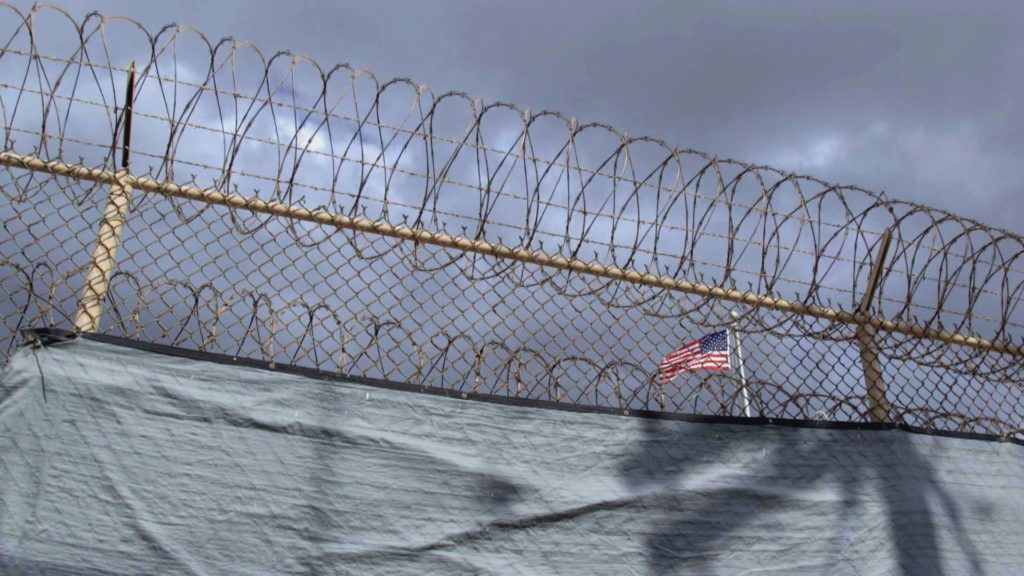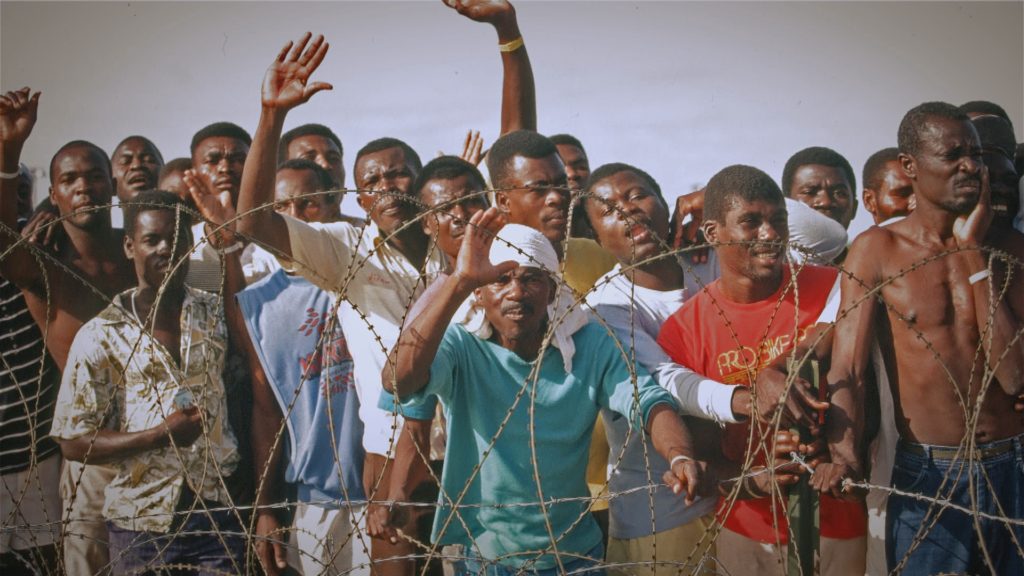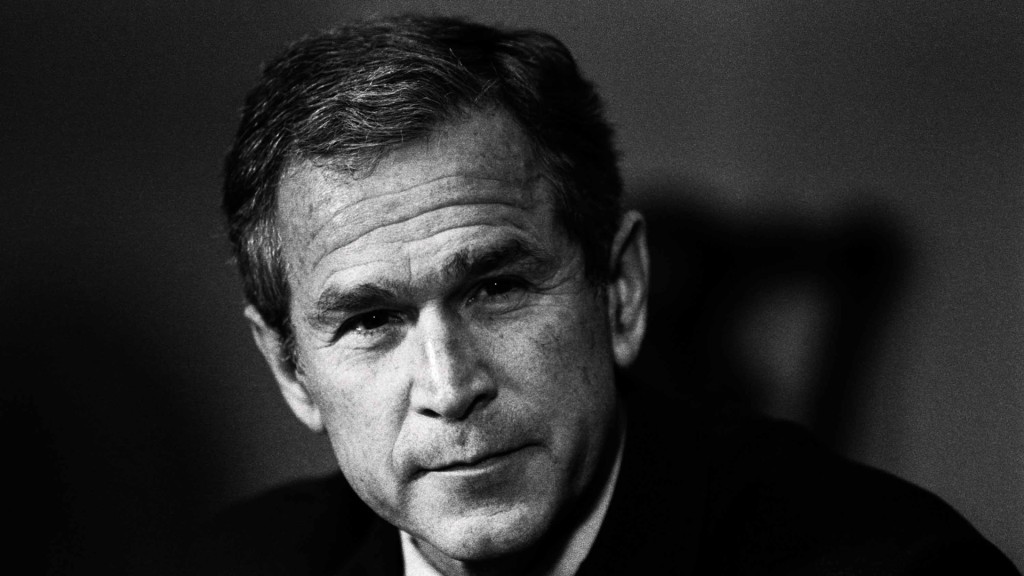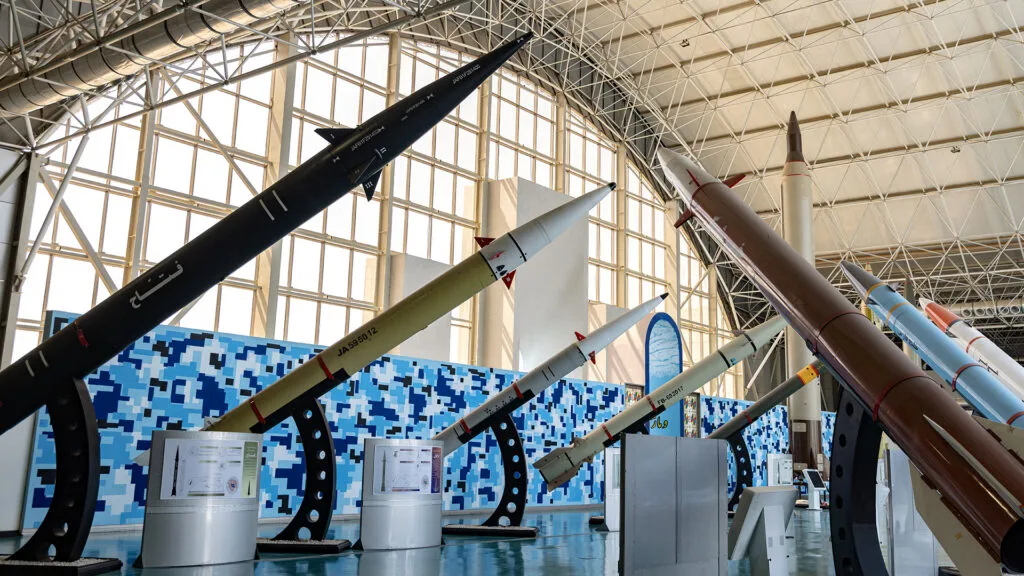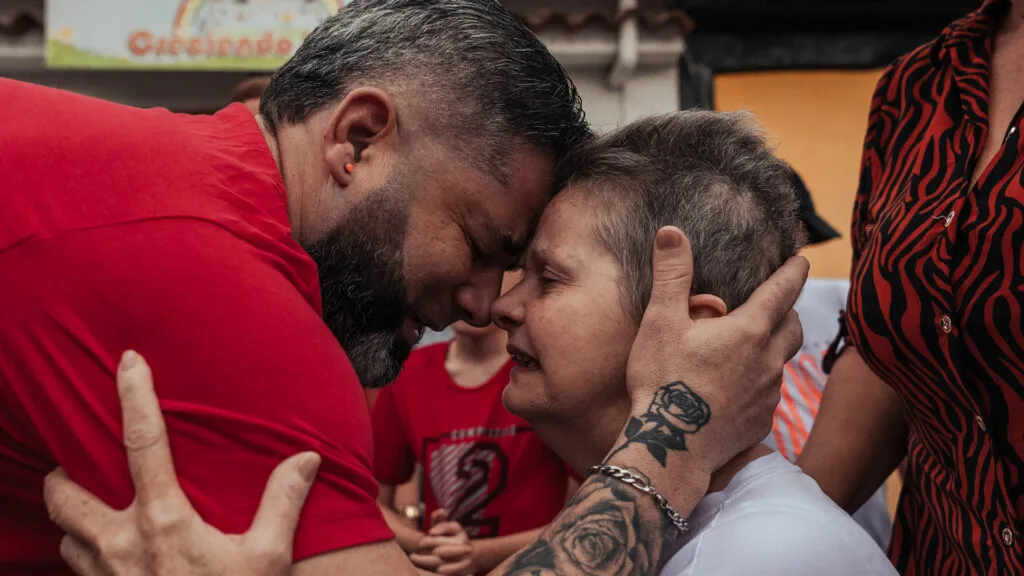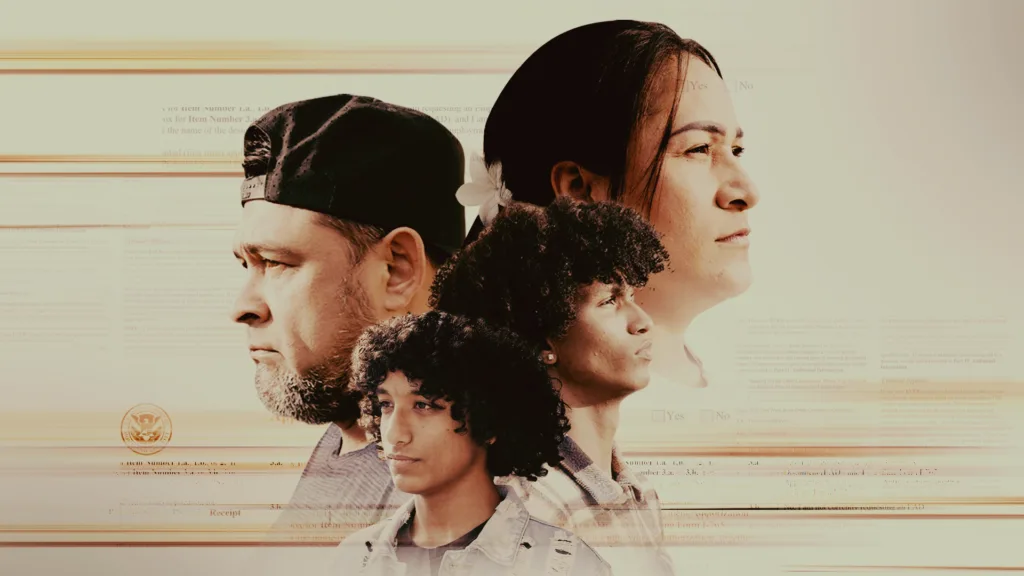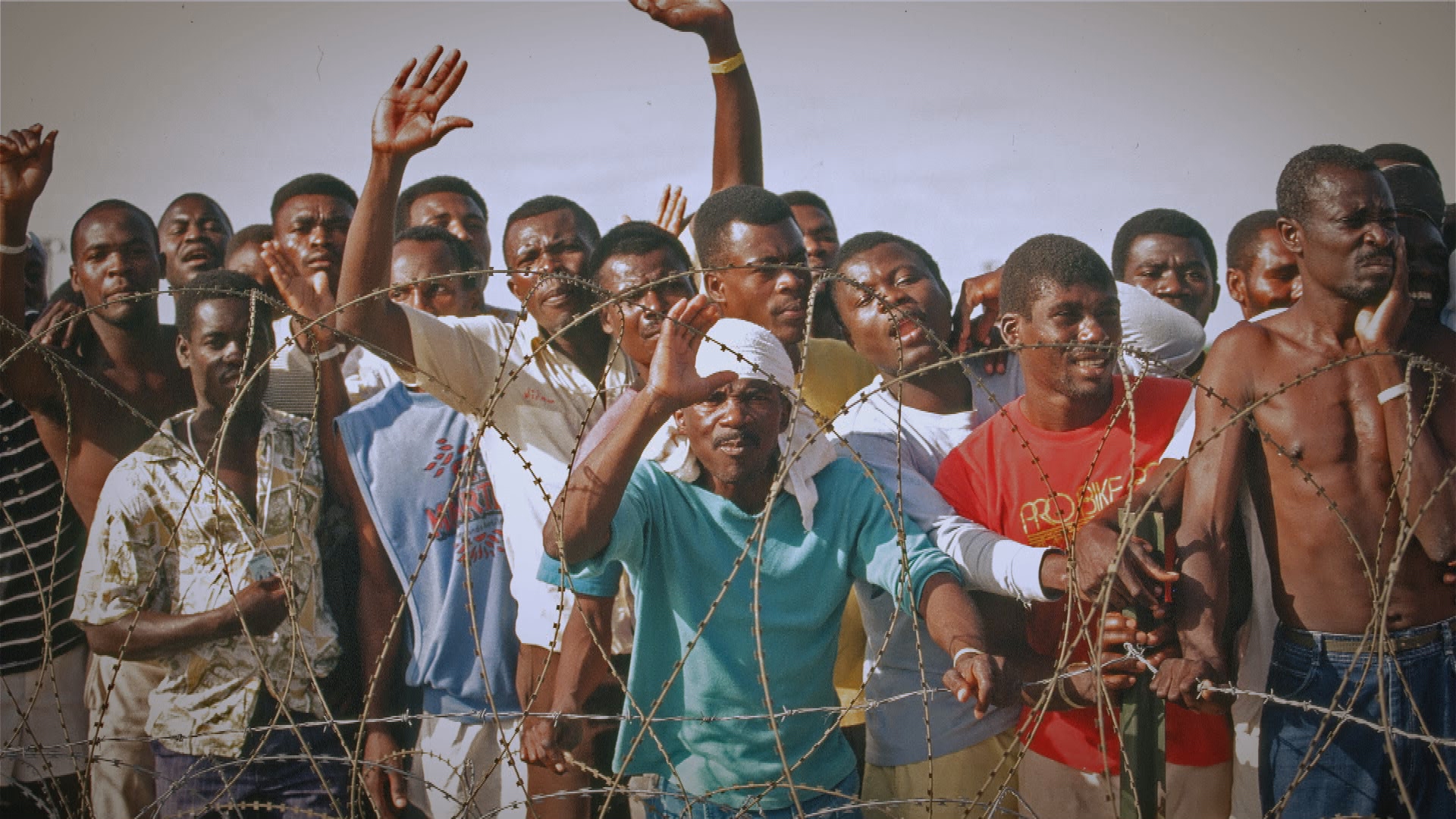Flashback: The Little-Known History of Guantanamo Bay
January 31, 2025
Share
President Donald Trump’s stated plan to detain 30,000 migrants at the U.S. naval base at Guantanamo Bay, Cuba, brings a little-known history back into the spotlight: When the U.S. held Haitian asylum seekers there starting in the early 1990s. The move, first made by the George H. W. Bush administration, would lay the groundwork for the U.S. government in the wake of the Sept. 11, 2001 terror attacks to claim it could hold people at Guantanamo Bay beyond the reach of American law.
As detailed in the 2017 documentary Forever Prison, a decade before 9/11, U.S. officials intercepted boats carrying thousands of Haitian refugees seeking asylum following a bloody coup in their country. Most of the refugees were sent back to Haiti, but many others were brought to Guantanamo, where normal U.S. asylum rules would not apply.
In the documentary from FRONTLINE and Retro Report, correspondent Arun Rath described how American soldiers quickly built a holding camp. Soon, more than 12,000 people would be held there while their asylum claims were being processed — but without access to lawyers, like they would have had if they’d made it to U.S. soil.
“It was massive, a massive camp, and it was fenced with razor wire,” said Marie Genard, who fled Haiti with her father and was then held at Guantanamo for more than a year. “We didn’t have no rights because, technically, we’re not in the U.S. So it felt like you were in prison. I mean, that’s what it was to us, it was being in a prison.”
As Forever Prison recounts, the Haitians’ detention, which was continued by the Clinton administration, caught the attention of a group of Yale law students and their professor. They successfully fought the government to be able to represent the Haitians and ultimately got many of them to the U.S. for asylum hearings — drawing on some startling evidence.
“We got a series of videotapes,” Yale Law professor Harold Koh said in the film. “And one of them showed this scene where the U.S. military came into the camp and suppressed an uprising among the Haitians by physically mauling them, dragging them around. Remember, these are not criminals, these are refugees.”
But the court battle over the rights of the Haitians while at Guantanamo would ultimately leave the camp in legal limbo — and help set the stage years later for the George W. Bush administration to argue that Guantanamo was a place where post-9/11 terror suspects could be held outside the reach of U.S. law.
Trump’s January 2025 directive to expand migrant operations at Guantanamo to “full capacity” said that “high-priority criminal” undocumented immigrants would be the people held there. Secretary of Defense Pete Hegseth said the migrant detentions would be separate from the military prison at Guantanamo Bay and would be “temporary,” with detainees ultimately being sent back to the countries they came from. Rights groups have strongly denounced Trump’s order, with the Center for Constitutional Rights vowing a challenge.
Watch Forever Prison at pbs.org/frontline, at Retro Report, in the PBS App and on YouTube.

Related Documentaries
Latest Documentaries
Related Stories
Related Stories
Explore
Policies
Teacher Center
Funding for FRONTLINE is provided through the support of PBS viewers and by the Corporation for Public Broadcasting, with major support from Ford Foundation. Additional funding is provided the Abrams Foundation, Park Foundation, John D. and Catherine T. MacArthur Foundation, Heising-Simons Foundation, and the FRONTLINE Trust, with major support from Jon and Jo Ann Hagler on behalf of the Jon L. Hagler Foundation, and additional support from Koo and Patricia Yuen. FRONTLINE is a registered trademark of WGBH Educational Foundation. Web Site Copyright ©1995-2025 WGBH Educational Foundation. PBS is a 501(c)(3) not-for-profit organization.
